What does a cabbage fly look like and how to deal with it?
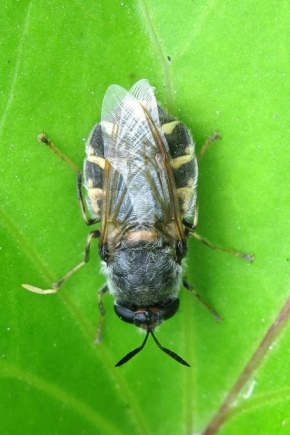
The cabbage fly is a seemingly harmless creature, but in fact it poses a great danger to cabbage and other cruciferous crops. The harm is caused not by an adult, but by its larvae, which are very voracious. To combat this garden pest, we will give a detailed description of the cabbage fly and indicate the measures of influence on it.
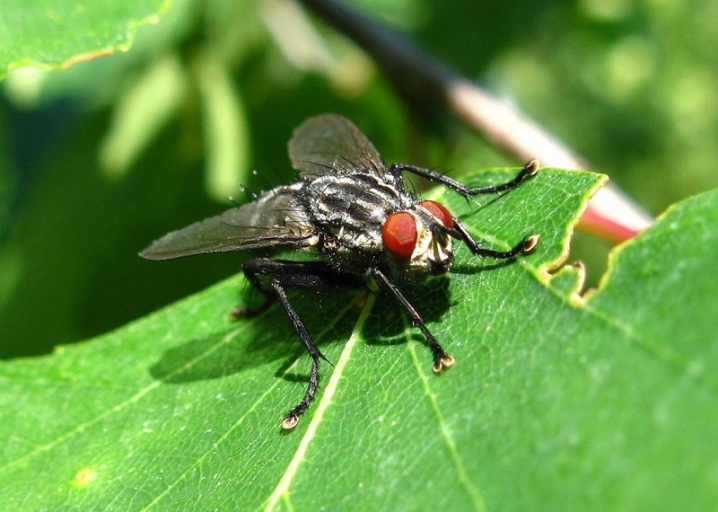
Types and description of the pest
The cabbage fly belongs to the flower fly family. Their main food is the tissues of the root system and, accordingly, root crops. However, the roots eat more than the larvae of this pest. Cabbage flies (distinguish summer and spring) look inconspicuous, they are quite small - 6-8 mm in length. Immediately, you cannot distinguish it from your home "sister", in fact, the cabbage pest has a dark stripe on the belly and 3 stripes stand out along the chest.
Let's take a closer look at each type.
- The spring cabbage fly is slightly smaller than the summer one (reaches a length of 5-6 mm), males are of a dark ash tone, females are slightly lighter. They wake up en masse at the end of April, the time of laying eggs (100 or more at a time, one female) is the second half of May until the 22nd, and by the end of the month larvae may appear. It will take them about a month to become flies, and before that they will eat a lot - devouring roots, perforating roots and stems.
- The yellow-gray summer cabbage fly reaches a length of 8 mm. According to the general development, there is practically no difference between this species and the spring relative, only the summer fly wakes up 4 weeks later. But its larvae can enjoy plenty of medium and late varieties of cabbage.


Outwardly, the larvae of this pest are similar to the caterpillars of the apple stalk, only smaller in size, but they are in no way inferior in gluttony.
In addition to cabbage, pests of this species love to feast on rutabagas, radishes, turnips, radishes, mustard and other cruciferous plants.
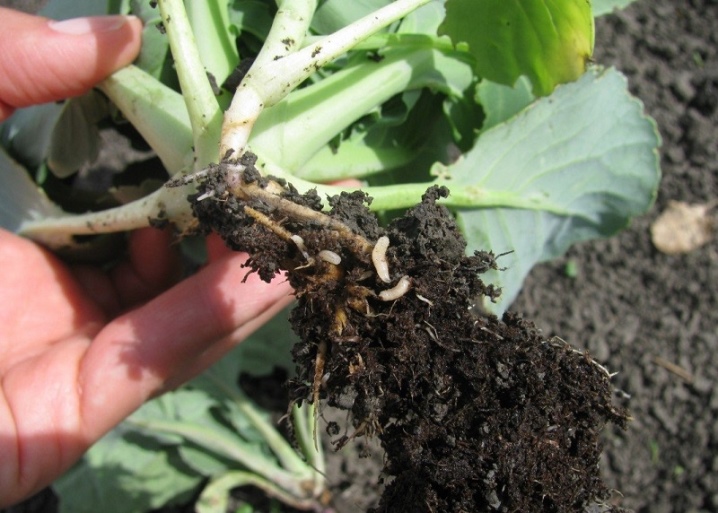
Signs of defeat
Cabbage fly larvae infect the tissue base of the root system of crops and the roots themselves. The affected plant begins to wither, withers, as if it lacks moisture. And even if you water the bush abundantly, this will not correct the state of affairs.
In case of severe damage, it is not possible to save the plants. They die from the fact that moisture and nutrients cannot pass up from the root due to damage to the vascular system of the stem.
Cabbage, for example, changes color and becomes blue-lead with such a lesion.
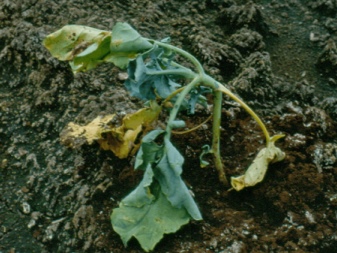
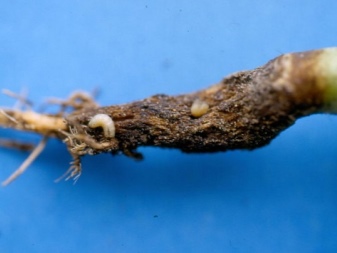
Control methods
First of all, it is necessary to fight the cabbage fly with preventive measures and agrotechnical methods, but if it has already appeared, then you can get rid of the pest by special treatment of plants with insecticides or folk remedies.

Among chemical preparations (it is better to use it during the growing season) the following substances are distinguished.
- "Diazinon" in granules. Effective during egg-laying of the cabbage fly. The drug is applied at the root, it is capable of destroying the future offspring of the pest by 100%. The rates for applying the substance to the soil are indicated in the packaging instructions.
- "Hexochloran" for the treatment of seedling roots. On the day of planting, it is necessary to treat the root system of the cabbage with a solution of clay, mullein talkers with the addition of Hexochloran to this mixture. The resulting mixture should resemble sour cream in density.
- "Karbofos" for spraying. A solution of this drug should be sprayed on crops during the mass summer of pests.Follow the instructions for the preparation.
- "Tiofos" by analogy with "Chlorophos" poisons cabbage fly larvae.
- "Actellik" for spraying. To spray plants, you need to prepare a solution of 20 ml of Actellic, which is diluted in 10 liters of water. This solution can be used to irrigate a plantation of 100 square meters.
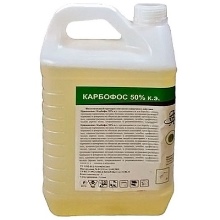

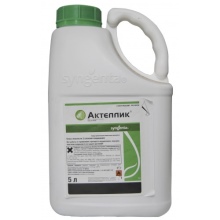
You can also remove the larvae with such potent drugs as "Spark" and "Zemlin"... In the latter case, it should be borne in mind that this insecticide belongs to contact-intestinal preparations. To poison the larvae, it is enough to add 5 grams of "Zemlin" per 1 square meter to the soil before planting the plants.
You can save cruciferous crops from cabbage flies with boric acid, ammonia, vinegar, and salt. Read more about folk remedies against this pest.
Such procedures are also recommended, especially at the stage of hatching the larvae from the eggs.

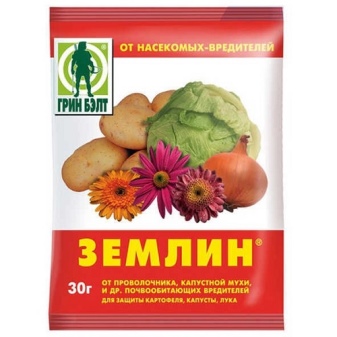
To scare off pests from crops with folk remedies is a long tradition. Vegetable growers have accumulated enough recipes for the cabbage fly. Let's remember the most popular ones.
- Birch tar based mortar. 1 tablespoon of the substance must be diluted in a bucket of water (10 l), mixed and sprinkled with cabbage beds. The cabbage fly retreats instantly, because it does not tolerate the smell of birch tar. Such processing can be duplicated not earlier than after 9 days.
- If the root system of the seedlings is treated with a manganese solution before planting, the larvae will not touch the roots of such plants. The solution is made pale pink so as not to burn through the thin root filaments.
- Pests are also defended with a solution of ammonia: dilute 1 ml of alcohol in 1 liter of water and just water the beds.
- Every 5 days for a month, you can dust the plants with wood ash after planting - this will be a good protection against the invasion of flying pests.
- Experienced gardeners several times a season (every 3 weeks) spray cabbage (radishes and other cruciferous crops) with copper sulfate.
- 1 tablespoon of lime is diluted in 10 liters of water, mixing the composition, add grated tar soap (1 tbsp. Spoon). The culture is treated with the resulting composition.
- Does not like cabbage fly and the smell of tobacco and naphthalene. It is enough to spray naphthalene or tobacco dust on the beds, and you will save cruciferous crops.
As soon as you notice such a creature as a cabbage fly in your garden, do not hesitate, immediately start fighting it, otherwise there is a risk of being left without a crop. Use chemicals or folk remedies, but it is better to take care of preventive measures in advance.

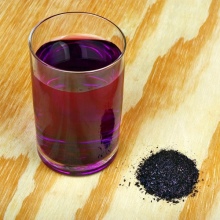
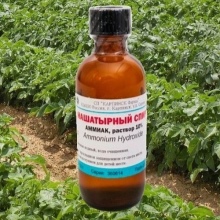
Preventive measures
The successful fight against the cabbage fly depends on some points that vegetable growers should pay attention to. So, know that as soon as the lilac blooms - this is a sign that the cabbage fly is waking up, do not miss its flight.
Seedlings of cruciferous crops become nests for oviposition. The larvae appear rather quickly - within 8 days from the moment of laying. These are whitish, legless small creatures (up to 8 mm), similar to the caterpillars of the apple moth.
The larvae successfully land on the ground and immediately attach tenaciously to the stems. Then, devouring the stem base, they rush down to the roots.
So preventive measures are the main factor in the fight against this pest, because it is much more difficult to remove it from the garden than to prevent reproduction.
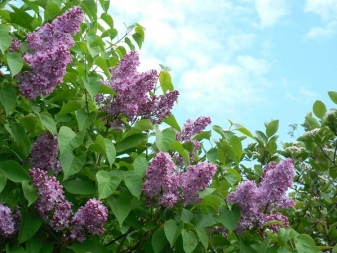
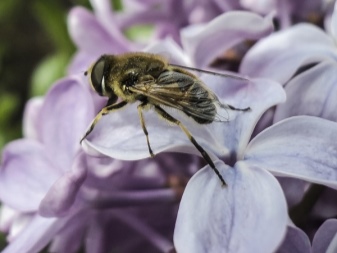
To reduce the population and prevent the spread of the cabbage fly, pay attention to the following preventive measures.
- Crop rotation. Do not plant the same crop in the same area for two years in a row.
- Cleaning the beds. Remove the stumps after harvest, as larvae can get stuck in them. Also get rid of other plant debris.
- Deep cultivation of the soil. Thanks to this event, you can also get rid of pests that have remained in the ground.
- Soil renewal. Periodically, it is recommended to remove up to 5 centimeters of soil from the beds and fill in new soil that is not infected with pests.
- You can protect your plantations from the cabbage fly by making an egg-laying obstacle. Take a piece of paper, cut out a circle so that the plant can "enter" it. So the eggs will not fall into the ground, but onto paper, "fry" in the sun and die.
- Peat cups are a good protection. Grow seedlings in them. Plants in them are less vulnerable to pests.

Plant strong odorous crops between cruciferous plants as a preventative measure. Cabbage fly will not come close if it smells garlic, sage, cumin, celery, coriander, marigolds, calendula.
The same parsley can scare away the cabbage fly, so do not neglect the opportunity to use the garden area with benefit and save the crop.
Use some simple advice and you will certainly see the result.

You can find out more information on this issue in the video below.













The comment was sent successfully.